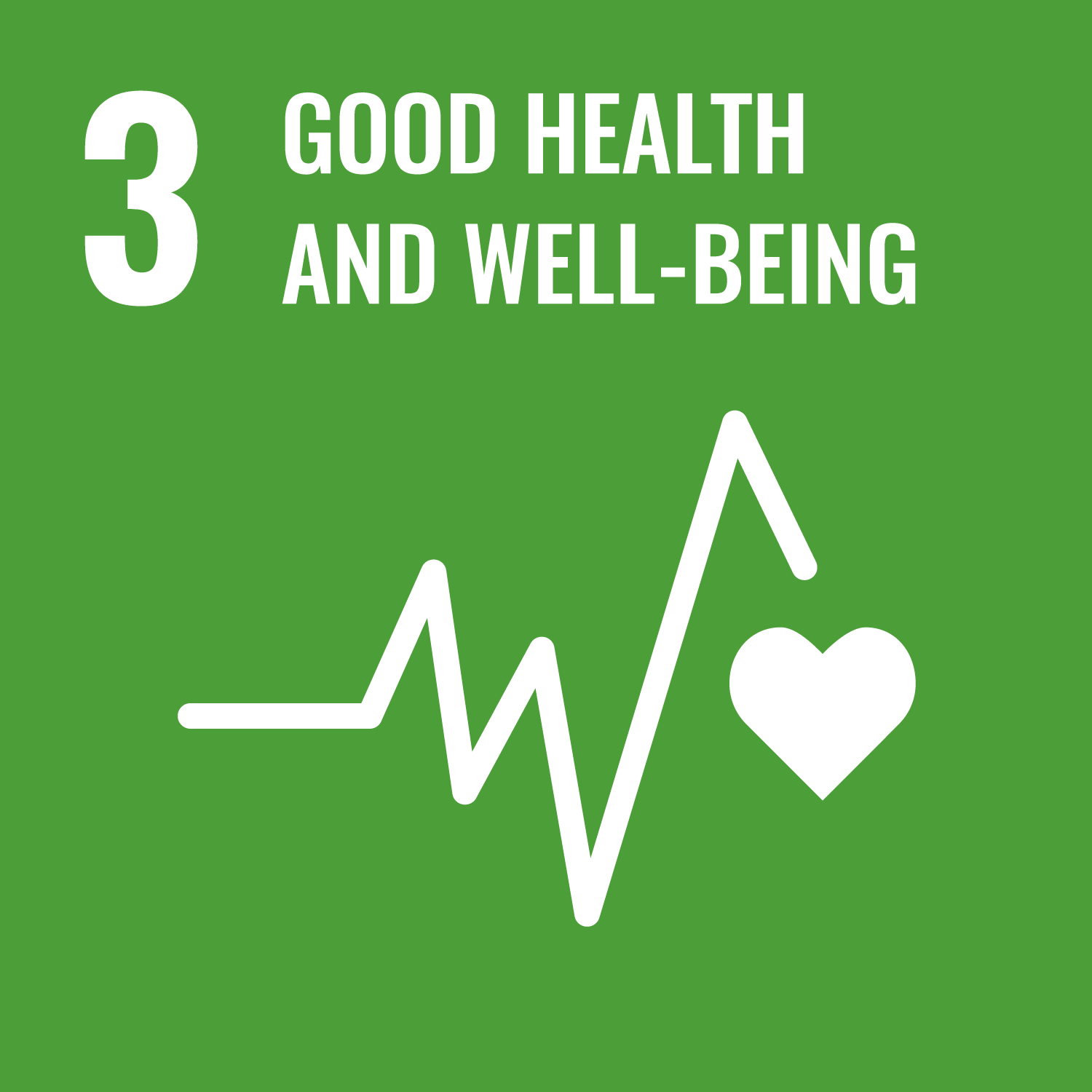This indicator measures progress toward ending the acquired immunodeficiency syndrome (AIDS) epidemic. Incidence rates of the human immunodeficiency virus (HIV) in the Region have consistently decreased since 2000. However, decreasing trends in country-level HIV incidence rates are primarily observed in the Northern Andes and Latin Caribbean subregions, while HIV incidence rates in other subregions have remained relatively unchanged over the last decade. Despite the overall declines in HIV incidence depicted in the figure above, HIV incidence remains well above the levels needed to reach the 2025 target of 0.09 infections per 1000 population.
Limited access to HIV diagnosis, a scarce supply of PrEP (Pre-Exposure Prophylaxis), and immigration from countries with a higher burden of HIV can contribute to acute increases in HIV incidence. The percentage of people in Latin America and the Caribbean who know their HIV status, receive appropriate treatment, and achieve sustained virological suppression has slowly increased. However, it remains below the established percentage targets, with 85%, 72%, and 66% for the diagnosis, treatment, and suppression of HIV in Latin America and 83%, 68%, and 57% in the Caribbean, respectively.
Recommendations
• Ensure that HIV treatment acts as an essential pillar of AIDS prevention, reenergize HIV prevention and early detection efforts, and strengthen early HIV diagnosis with digital health innovations.
• Prioritize legislation and budgeting mechanisms in countries to expand access to antiretroviral therapy (ART), thereby promoting viral load suppression to drastically reduce HIV transmission.
• Address cultural, societal, and healthcare system barriers that make individuals reluctant to get tested for HIV, seek treatment, or disclose their HIV status.
• Train health care providers to deliver care that is non-judgmental, empowering, and sensitive to the specific needs of people living with HIV.

